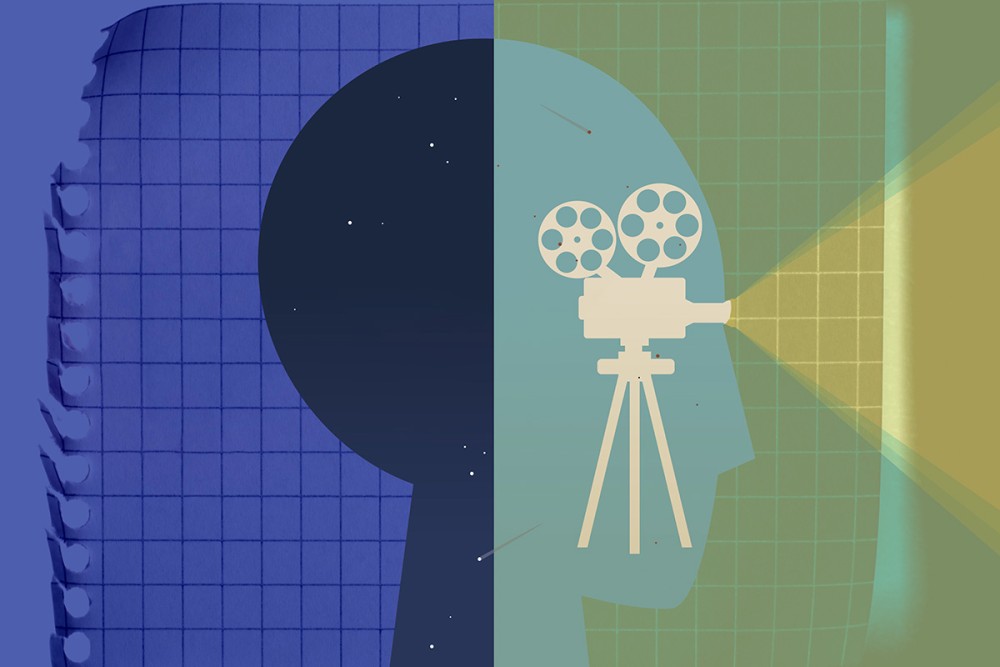American Christians tend to imagine a God who thinks and looks like us
How do you see the face we cannot see?

“You cannot see my face, for no one may see me and live.” That word of God spoken to Moses has hardly kept Christians from imagining what God looks like. Such imagining is what prompted a team of psychologists at the University of North Carolina at Chapel Hill to study how contemporary American Christians visualize the face of God. More than 500 participants viewed hundreds of pairs of faces side by side on a screen, each selecting those that most reflected how they imagined God’s appearance to be. The pairs of faces evaluated represented the collective demographics of the US population in terms of age, race, and gender.
Not surprisingly, the personal biases and motivations of participants influenced the way they perceived the appearance of God. Their perceptions mostly reflected their own political and socioeconomic orientation. Conservative Americans in the group favored images of an older, sterner, more masculine God—a God who would safeguard the present social order. Liberal Americans, by contrast, identified a younger, kinder, more feminine God in their selected facial images. These images for God, they presumed, were more suited to promoting societal tolerance.
In light of the tendency of many Christians to project their idea of God’s mind onto the face of God, researchers introduced nine dimensions of variance as a measure of God’s appearance: age, gender, attractiveness, race, perceived wealth, intelligence, happiness, lovingness, and powerfulness. Conservatives viewed God as more powerful, wealthier, and whiter than their liberal counterparts did.





